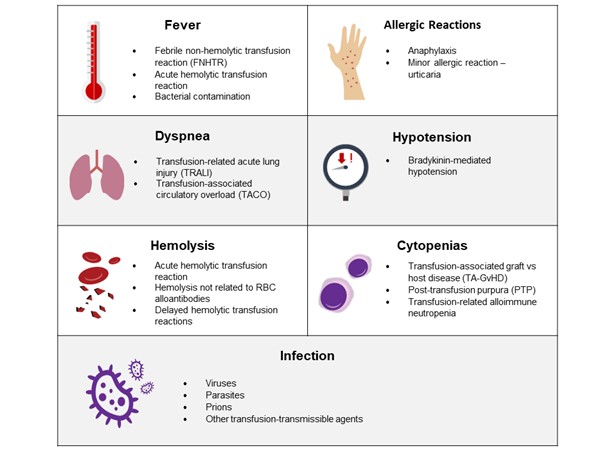A nurse is caring for a client who has an IV in the left forearm and whose infusion pump has alarmed several times. Which of the following actions should the nurse take first?
Reposition the client's left arm.
Check the IV site for redness.
Ensure the tubing connections are secure.
Flush the IV catheter
The Correct Answer is C
Choice A Reason:
Repositioning the client's left arm is incorrect. Repositioning the arm might help prevent kinks or occlusions in the tubing, but addressing the tubing connections comes first.
Choice B Reason:
Checking the IV site for redness is incorrect. Checking for redness is important to assess for signs of infection or inflammation, but it can wait until after addressing the tubing issue.
Choice C Reason:
Ensuring the tubing connections are secure is correct. When the infusion pump alarms, the first step is to ensure that the tubing connections are secure. A loose or disconnected tubing can lead to interrupted or inadequate infusion, which could affect the client's treatment and well-being. By checking and securing the tubing connections, the nurse can address any immediate issues related to the alarm.
Choice D Reason:
Flushing the IV catheter is incorrect - Flushing the catheter might be necessary if there are blockages or if medications need to be administered, but addressing the tubing connections is the immediate priority when the infusion pump alarms.
Nursing Test Bank
Naxlex Comprehensive Predictor Exams
Related Questions
Correct Answer is A
Explanation
Choice A reason:
Measuring the client's blood pressure is appropriate. Assessing the client's blood pressure is a crucial initial step to determine the client's perfusion status and the impact of the bradycardia on their circulation. Sinus bradycardia can result in decreased cardiac output and compromised blood flow to various organs. Measuring the blood pressure helps the nurse evaluate the severity of the bradycardia and its potential effects on the client's overall condition.
Choice B Reason:
Administering atropine to the client is inappropriate. Atropine is a medication that can be used to increase heart rate in bradycardic situations. However, assessing blood pressure comes first to ensure that the blood pressure isn't critically low before administering medications.
Choice C reason:
Initiating IV fluid therapy for the client is inappropriate. Fluid therapy might be necessary to improve perfusion in certain cases, but assessing blood pressure should be done first to guide treatment decisions.
Choice D Reason:
Preparing the client for temporary pacing is inappropriate Temporary pacing might be required in severe cases of bradycardia, but again, assessing blood pressure takes priority to determine the urgency of intervention.

Correct Answer is B
Explanation
Choice A reason:
Checking the client's vital signs is not appropriate. Checking vital signs is important to assess the severity of the reaction and monitor the client's overall condition.
Choice B reason:
Stopping the infusion is appropriate. Stopping the infusion is crucial to prevent further administration of the blood product that might be causing the adverse reaction. Once the infusion is stopped, the nurse can assess the client's condition more thoroughly and determine the appropriate steps to take next.
Choice C reason:
Collecting a urine sample is not appropriate. While urine sample collection may be important to assess for hemolysis (breakdown of red blood cells), it's not the first action to take. Stopping the infusion and assessing the client's vital signs are more immediate priorities.
Choice D reason:
Administering oxygen to the client is not appropriate. Providing oxygen might be necessary if the client is experiencing respiratory distress, but it's not the first action to take. Stopping the infusion and assessing the situation before providing additional interventions.

Whether you are a student looking to ace your exams or a practicing nurse seeking to enhance your expertise , our nursing education contents will empower you with the confidence and competence to make a difference in the lives of patients and become a respected leader in the healthcare field.
Visit Naxlex, invest in your future and unlock endless possibilities with our unparalleled nursing education contents today
Report Wrong Answer on the Current Question
Do you disagree with the answer? If yes, what is your expected answer? Explain.
Kindly be descriptive with the issue you are facing.
